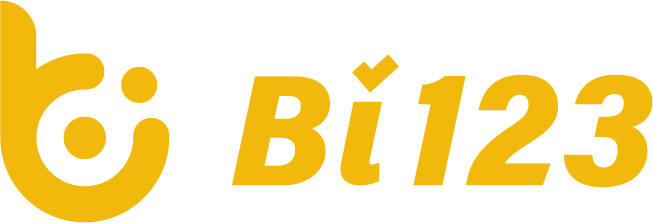
Polkadot
- #PoS
- #Smart Contract Platform
- #Polkadot Ecosystem
- #WEB3.0
- #Binance BUSD
- 5.622
- $642.74M
- $8.55BRank #21
- 1.52B
- Spot Markets
- Overview
- Market Data
Similar News
More Info- 06-04 10:00
The Binance World Championship Special: Trade $100 Each on Convert, Spot & Futures To Win...
- 06-03 22:00
MiCA Stablecoin Rules Implementation Announcement
- 06-03 10:15
Word of the Day: Test Your Knowledge on Life in Binance to Earn Binance Points...
- 05-31 15:00
Updates on Minimum Order Size for Spot and Margin Trading Pairs (2024-06-07)
- 05-30 21:28
Binance Futures Will Launch USDT-Margined TURBO Perpetual Contract With Up to 50x Leverage
Market Signal
More InfoCryptocurrency Calendar

NO DATA
**What Is Polkadot (DOT)?**
Polkadot is an [open-source sharded multichain protocol] that connects and secures a network of specialized blockchains, facilitating cross-chain transfer of any data or asset types, not just tokens, thereby allowing blockchains to be interoperable with each other. Polkadot was designed to provide a foundation for a decentralized internet of blockchains, also known as Web3.
Polkadot is known as a layer-0 metaprotocol because it underlies and describes a format for a network of layer 1 blockchains known as parachains (parallel chains). As a metaprotocol, Polkadot is also capable of autonomously and forklessly updating its own codebase via on-chain governance according to the will of its token holder community.
Polkadot provides a foundation to support a decentralized web, controlled by its users, and to simplify the creation of new applications, institutions and services.
The Polkadot protocol can connect public and private chains, permissionless networks, oracles and future technologies, allowing these independent blockchains to trustlessly share information and transactions through the Polkadot Relay Chain (explained further down).
Polkadot’s native DOT token serves three clear purposes: staking for operations and security, facilitating network governance, and bonding tokens to connect parachains .
Polkadot has four core components:
* Relay Chain: Polkadot’s “heart,” helping to create consensus, interoperability and shared security across the network of different chains;
* Parachains: independent chains that can have their own tokens and be optimized for specific use cases;
* Parathreads: similar to parachains but with flexible connectivity based on an economical pay-as-you-go model;
* Bridges: allow parachains and parathreads to connect and communicate with external blockchains like Ethereum.
**Who Are the Founders of Polkadot?**
Polkadot is the flagship protocol of Web3 Foundation, a Swiss Foundation with a mission to facilitate an open-source, fully functional and user-friendly decentralized web.
Polkadot’s founders are Dr. Gavin Wood, Robert Habermeier and Peter Czaban.
Wood, Web3 Foundation’s president, is the most well-known of the trio thanks to his industry influence as Ethereum co-founder, Parity Technologies founder and the creator of the smart contract coding language Solidity. Wood is also credited with coining the term Web3.
Habermeier is a Thiel Fellow and accomplished blockchain and cryptography researcher and developer. Czaban is the former Technology Director at Web3 Foundation, with a wealth of experience across highly specialized fintech industries.
**What Makes Polkadot Unique?**
Polkadot is a sharded multichain network, meaning it can process many transactions on several chains in parallel (“parachains”). This parallel processing power improves scalability.
Custom blockchains are quick and easy to develop using the Substrate framework and Substrate blockchains are designed to be easy to connect to Polkadot's network. The network is also highly flexible and adaptive, allowing the sharing of information and functionality between participants. Polkadot can be automatically upgraded without the need for a fork in order to implement new features or remove bugs.
The network has a highly sophisticated user-driven governance system where all token holders have a vote in how the network is run. Teams can customize their own blockchain’s governance on Polkadot based on their needs and evolving conditions. Nominators, validators, and collators all fulfil various duties to help secure and maintain the network and eradicate bad behavior.
At the end of 2021, Polkadot successfully concluded its first [Parachain auctions]. The Parachain auctions followed an un-permissioned candle auction system. The winning bid is the highest bid at the random moment the auction ends.
Polkadot assigned the first five slots to the following auction winners: [Acala], [Moonbeam], [Astar], [Parallel] and [Clover]. These projects will have their parachain slots locked in for 96 weeks, guaranteed by the DOT bidders committed as collateral. As customary on Polkadot, all projects had previously been battle-tested on its de-facto testnet [Kusama].








